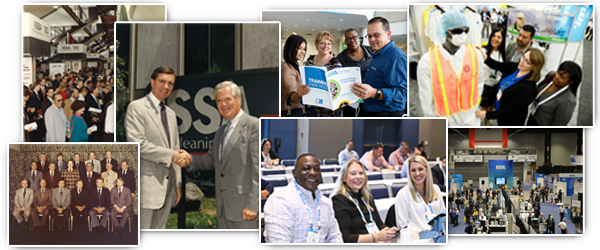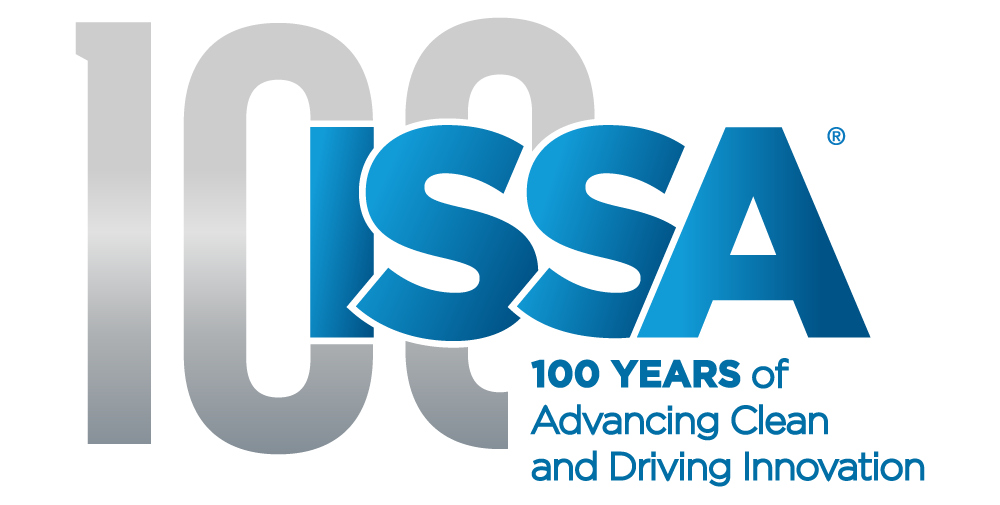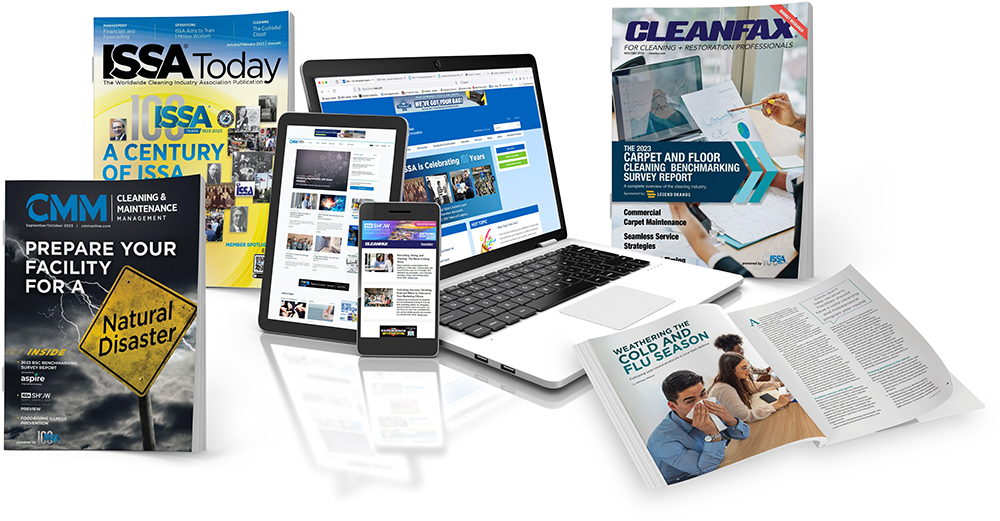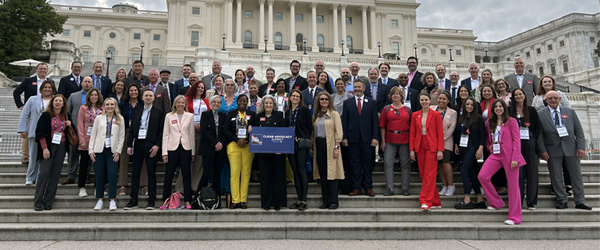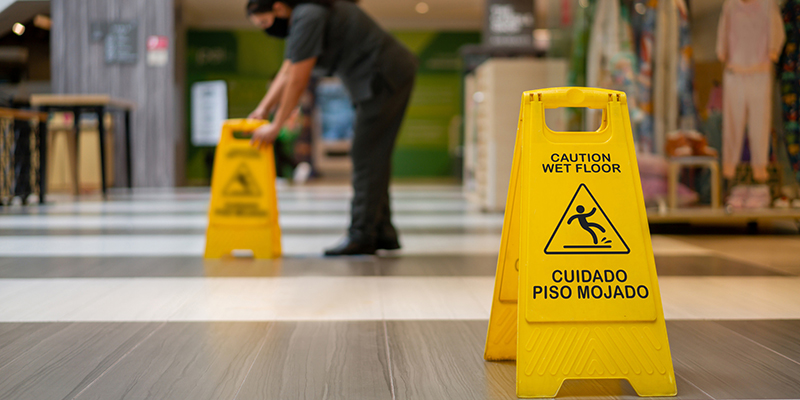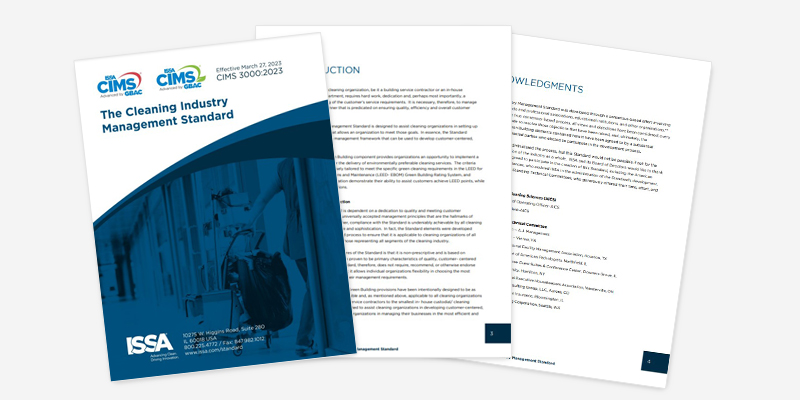Disaster Preparedness
You never know when disaster will strike. With another hurricane season already upon us, it’s crucial to have a plan, stay informed, and be ready to protect your business and employees. A little planning now can save you time, money, and devastation later.
Identify the threats
What kind of natural disasters are possible where your business operates? Businesses with multiple locations may be at risk for different things and, therefore, require separate plans.
What other dangers may complicate a disaster situation?
Identify your resources
What kind of resources does your community/area offer? Learn about local shelter locations and evacuation routes.
What kind of resources are available to you outside your community?
Stay informed! Sign up for available alert systems for emergency information and updates.
Utilize online resources, such as ready.gov, for examples of disaster and emergency plans and packing lists.
Make and maintain a plan
Have an Emergency Action Plan in place for each phase of a disaster—pre-disaster, during the disaster, and post-disaster.
Have an Emergency Action Plan for each location and employee.
Designate an Emergency Coordinator or Team. They should be employees that will be available to staff members during an emergency and maintain responsibilities of keeping the plans and packs up to date.
Ensure that each employee is certain about what needs to happen, what they should do, and where to go in an emergency.
Have a plan for preparing a location for what needs to happen when a disaster is coming. What needs to be put away, secured, or tied down? Know where the main shut-off valves for gas, electric, and water are located.
Be equipped with the proper tools
Provide emergency supply kits for employees that will get them through 72 hours. Consider making each employee their own bag. Make sure to check and refresh these kits every six months. Make sure to include a list of things to collect last-minute, such as keys, wallets, medications, and important documents. For a printable kit list, go to ready.gov/kit.
Supply emergency kits for locations and vehicles. Whether you stay or evacuate, make sure you have what you need to keep your location as safe as possible.
Protect important documents. Have a safety deposit box or fire-proof/water-proof safe secured in an appropriate place on-premise.
Keep up with maintenance and improvements
Keep all vehicles and machinery in good working order and have them serviced regularly.
Consider the potential dangers nature may pose to your property, structures, vehicles, and equipment. Maintain trees that grow close to these assets.
When upgrading or making improvements consider impact-resistant glass, working shutters, and reinforced doors in a location that experiences storms with high winds. Upgrade your drainage system if your location is on a terrain prone to flooding.
Make sure you have the proper insurance
Your commercial property and liability policy may not protect against flood or earthquake damage. It may not cover other damages because of a disaster. Do not wait until after a catastrophe to find out; give yourself peace of mind now.
Talk to your insurance agent and make sure that you have the proper insurance coverage to fit your unique needs should disaster strike.
There is no way to prevent a natural disaster. But you can ensure the survival of your business by being prepared for a catastrophe before it happens.



